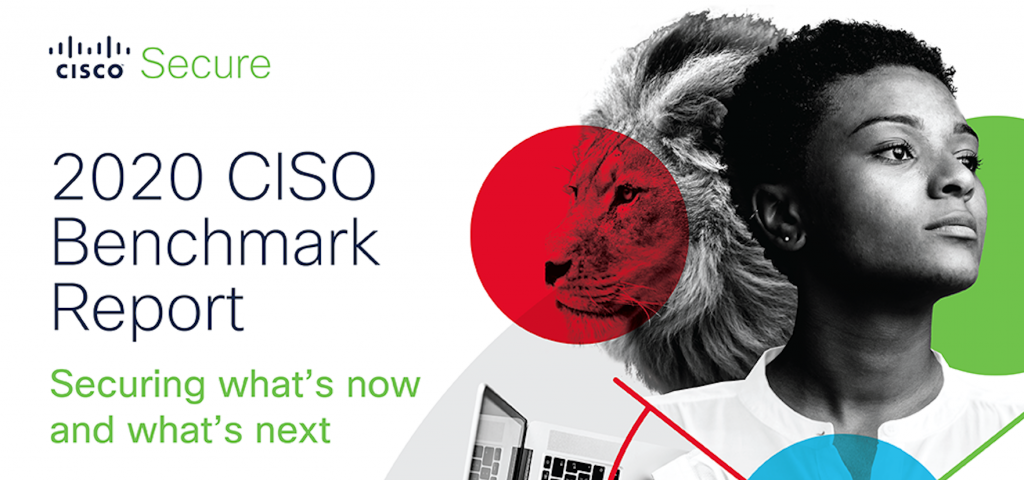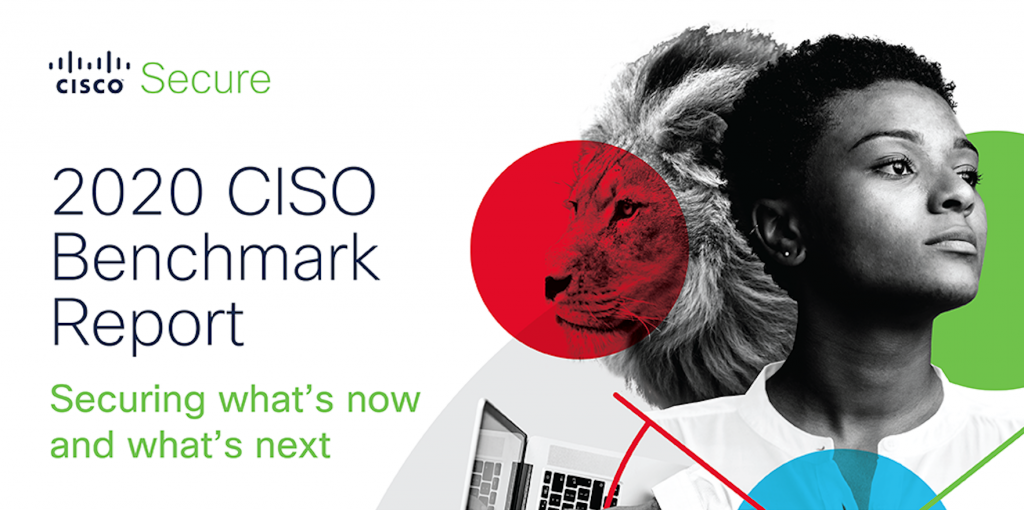
The Future of the Email Security Market: The Importance of the Secure Email Gateway
May 21, 2020Vulnerability Spotlight: Memory Corruption Vulnerability in GNU Glibc Leaves Smart Vehicles Open to Attack
May 21, 2020Your Network Has Left the Building – How do you secure it?

Your network has left the building. It’s no longer sitting in the server room down the hall where you can keep an eye on it. And it’s no longer safely tucked behind your corporate firewall. Instead, it’s in the cloud. It’s inside your users’ smartphones. And especially now, your corporate network is in people’s homes.
Today’s security teams have to mind various areas of their network and cloud infrastructure, remote users and endpoints, and applications running everywhere in order to remain secure. And as soon as new technology is developed or widely used, attackers find ways to take advantage of it – making security vigilance even more critical.
In our recent 2020 CISO Benchmark Study, we asked security professionals which areas of their environment they find most challenging to defend. According to the study:
- 52% find mobile devices and data stored in the public cloud very or extremely challenging to defend
- 50% find private cloud infrastructure very or extremely difficult to defend
- 41% find data centers and network infrastructure very or extremely difficult to defend
- 39% say they are really struggling to secure applications
While the moves to mobile and cloud seem to pose the biggest challenges, the data shows that the rest of your security concerns haven’t gone away either.

So how do you do it all?
How do you protect some of the newer technologies that have become part of your environment while still paying attention to things like your traditional data center and network infrastructure to make sure they are not breached? And how do you do this amidst unprecedented remote worker hurdles and a dramatic shortage of skilled cybersecurity professionals? Here are some examples of how Cisco can help you protect the challenge areas outlined above.
Mobile
In order for security to work, it has to work across all the devices your employees are using. Cisco’s endpoint security combines a variety of security technologies to make sure your users’ mobile devices are protected, and in turn, do not compromise the corporate network. For example, Cisco AnyConnect and Cisco Duo enable users to securely access your network or applications using managed or unmanaged, mobile or traditional devices. And Cisco Umbrella and Cisco AMP for Endpoints defend these devices against threats from the first line to the last line of defense.

In response to current challenges, we have also launched the Cisco Secure Remote Worker solution to help organizations address the recent rise in remote and mobile workers. The intent is to better enable IT and security teams to quickly provision remote workers without sacrificing cybersecurity. The offering includes extended free trials and expanded usage counts to help alleviate today’s tremendous IT and security demands. Learn more about how this offering can enable secure access for a distributed workforce and help you defend against malware across the network, endpoints, cloud, and applications.
Cloud
Cisco’s cloud security protects your assets and data in the cloud from multiple angles. It helps secure private, public, and hybrid clouds to facilitate your transition to a multicloud environment. With Cisco’s cloud edge security, you can: 1) secure cloud access, 2) protect cloud users, data, and applications, and 3) extend in-depth visibility and threat detection into the cloud.

Data Center
Today’s application workloads are more dynamic, moving across on-prem and multicloud environments. This requires a new strategy for data center security that can protect workloads wherever they go. The Cisco Secure Data Center solution provides several layers of security through in-depth visibility, segmentation, and threat protection. The solution brings together key technologies that let you see, segment, and secure your data as it travels across your environment and into the cloud.

Applications
Related to data center security is application security. Cisco’s application security brings continuous, adaptive protection closer to your applications to give you greater insight and control over what is running in your environment. The security follows your applications to ensure protection without hindering productivity and innovation. This allows you to understand application behaviors, automate micro-segmentation, and use security analytics to speed detection.
Network
Perhaps the trickiest area to summarize is network security due to the ever-expanding components that make up today’s “network.” You need a next-generation firewall that can keep up with your expanding infrastructure and sophisticated attackers. You need a way for authorized users to securely connect to the network. And once they’re logged in, you need multiple layers of protection to prevent them from abusing their privileges or being compromised by malware.
Bringing it all together
While we secure many areas of the corporate environment, we don’t do so in silos. Our security products all work together – and with the customer’s infrastructure, including third-party technologies – to provide more cohesive, automated defenses. By taking a platform approach to security, Cisco SecureX results in greater visibility, collaboration, and protection across all threat vectors, access points, and areas of your infrastructure. This reduces complexity while enabling a zero-trust security strategy.

For more information
Explore our entire security portfolio and review the 2020 CISO Benchmark Report for more information on how to protect various areas of your environment.
This post is part of a series covering topics and data from our 2020 CISO Benchmark Report. Read previous posts here, and be sure to check back soon for more!
The post Your Network Has Left the Building – How do you secure it? appeared first on Cisco Blogs.


